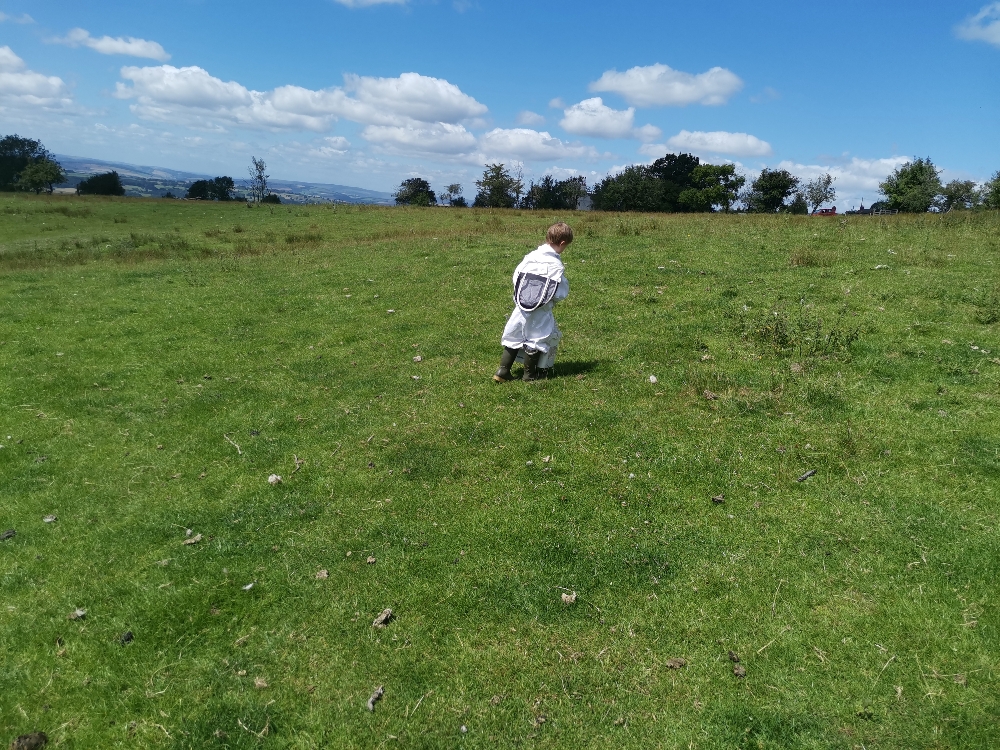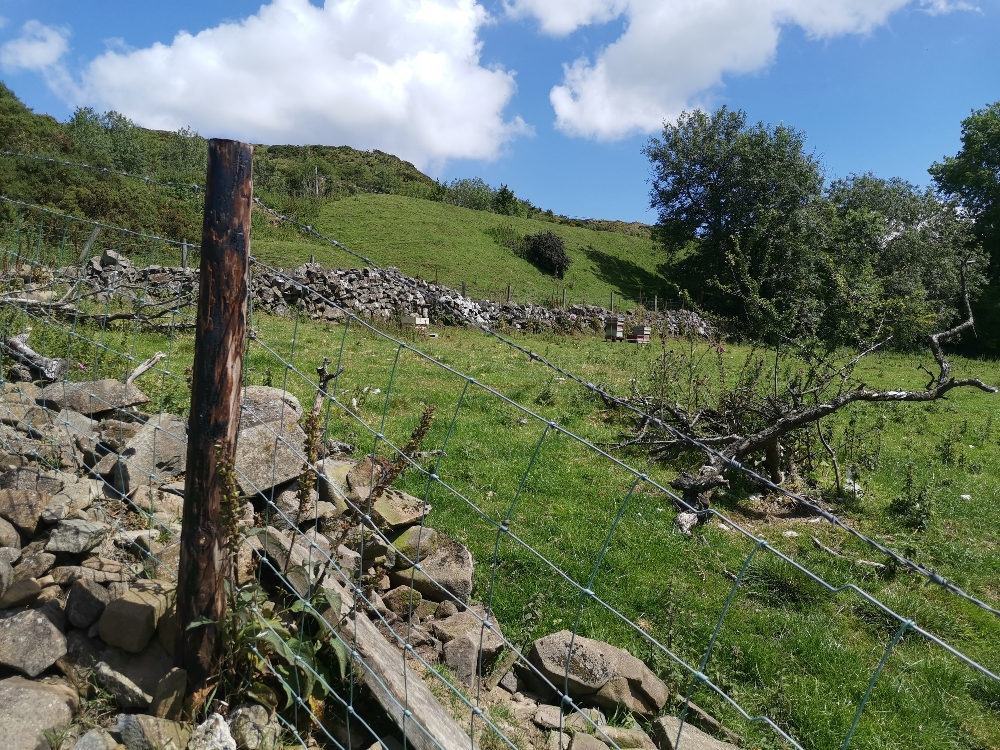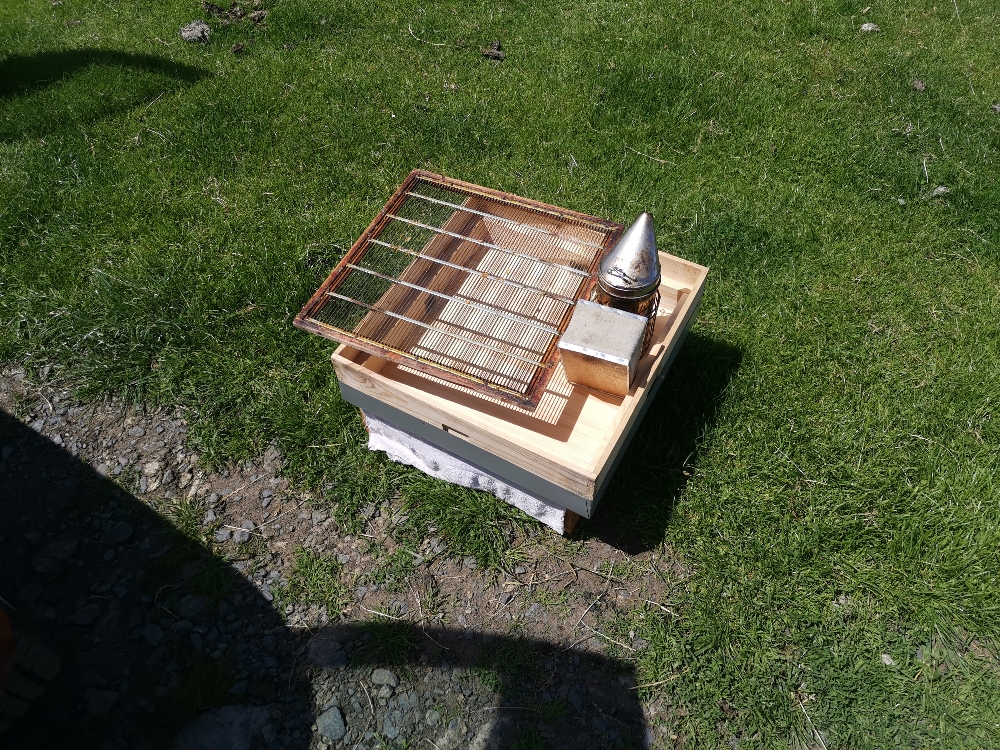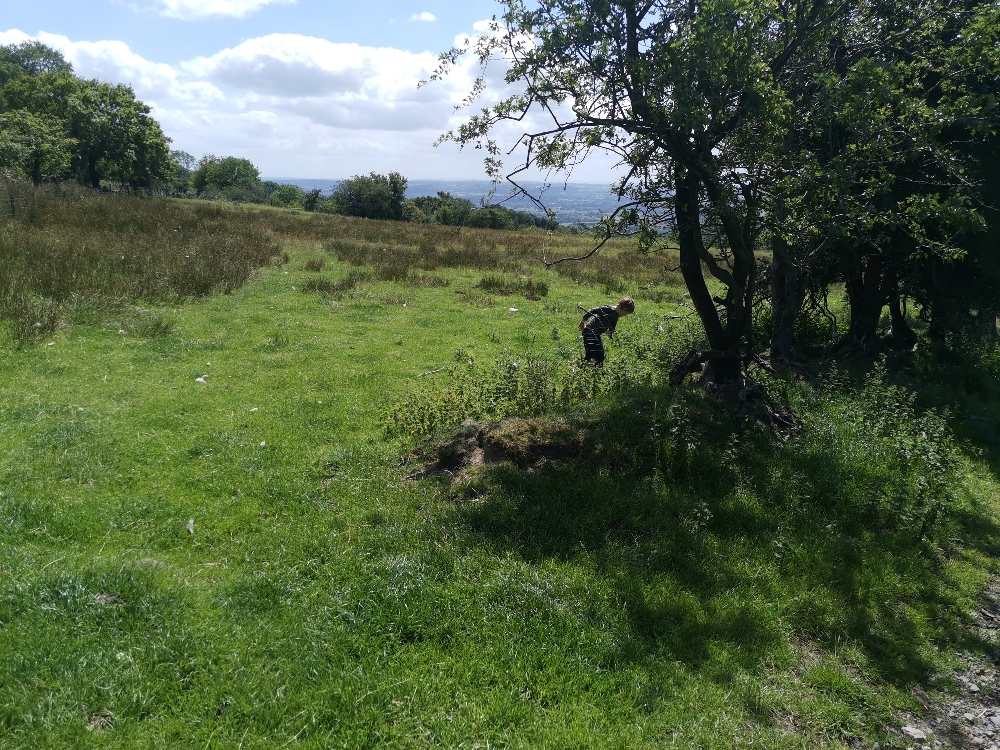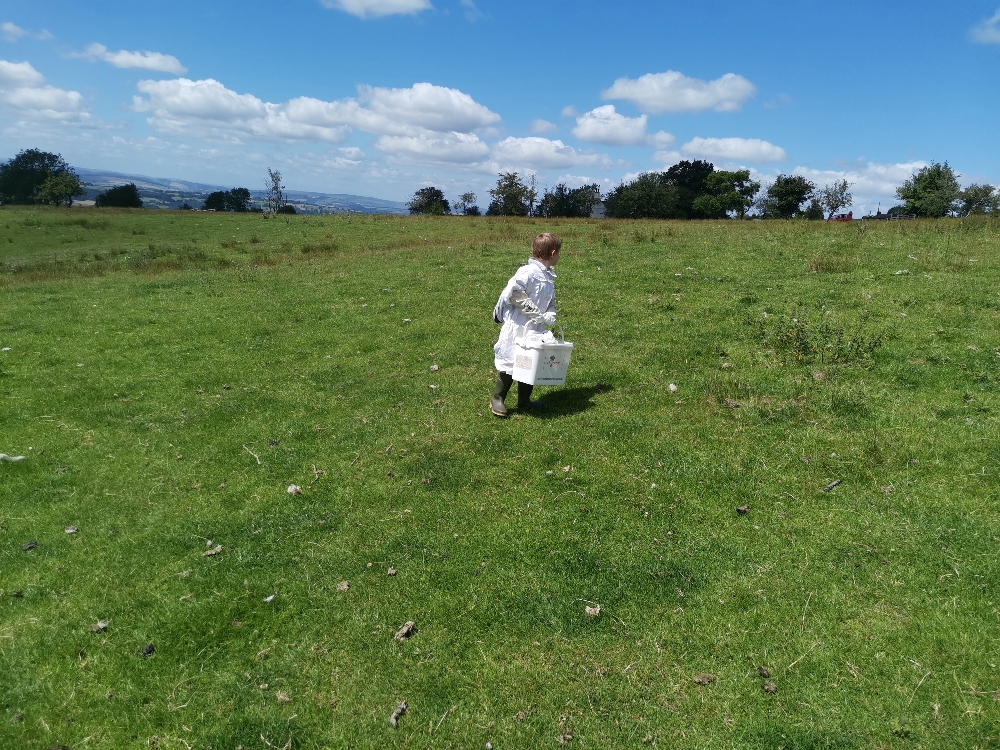- Joined
- Jul 30, 2019
- Messages
- 6,516
- Reaction score
- 4,293
- Location
- Herefordshire/shropshire
- Hive Type
- National
- Number of Hives
- 30+
Thanks madasafish I've learnt alot this year to do with queen rearing..Just capped QCs are prone to internal damage when moved.
Normal practise is to add QCs 2 days from emergence...the queen is then near fully formed and less susceptible to movement and temperature changes - likely in small nucs with few bees. (or so I have found not living in the balmy South
Next year I'll try things a bit different and maybe give grafting ago thanks for the advice.
I was thinking to have ago this year would you say there's enough time in the season to try?
Sent from my YAL-L21 using Tapatalk





